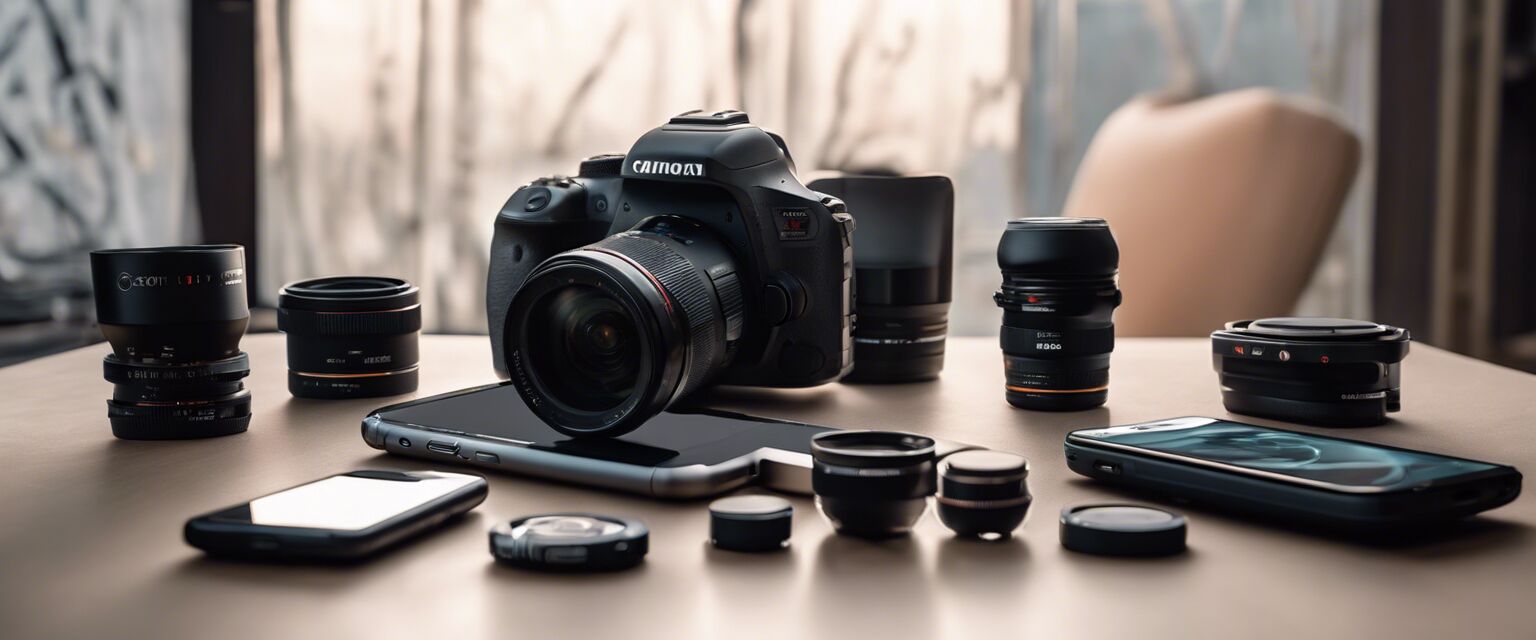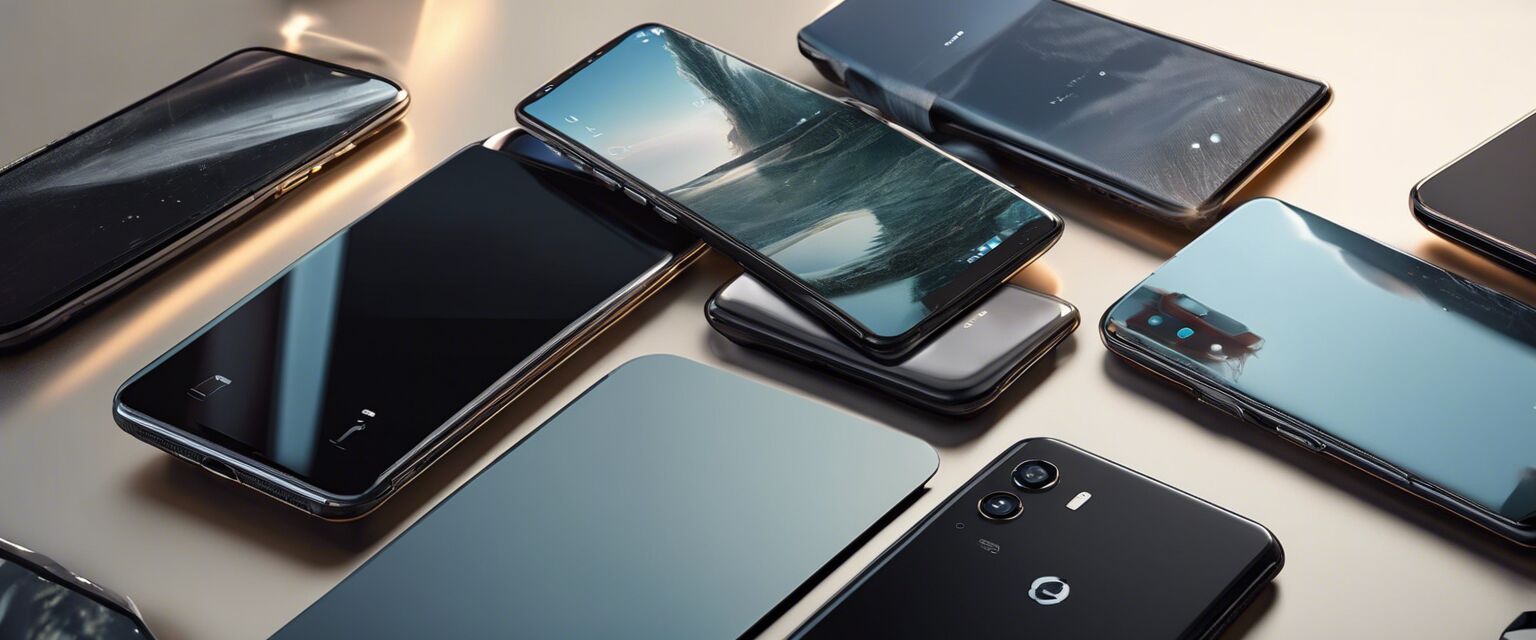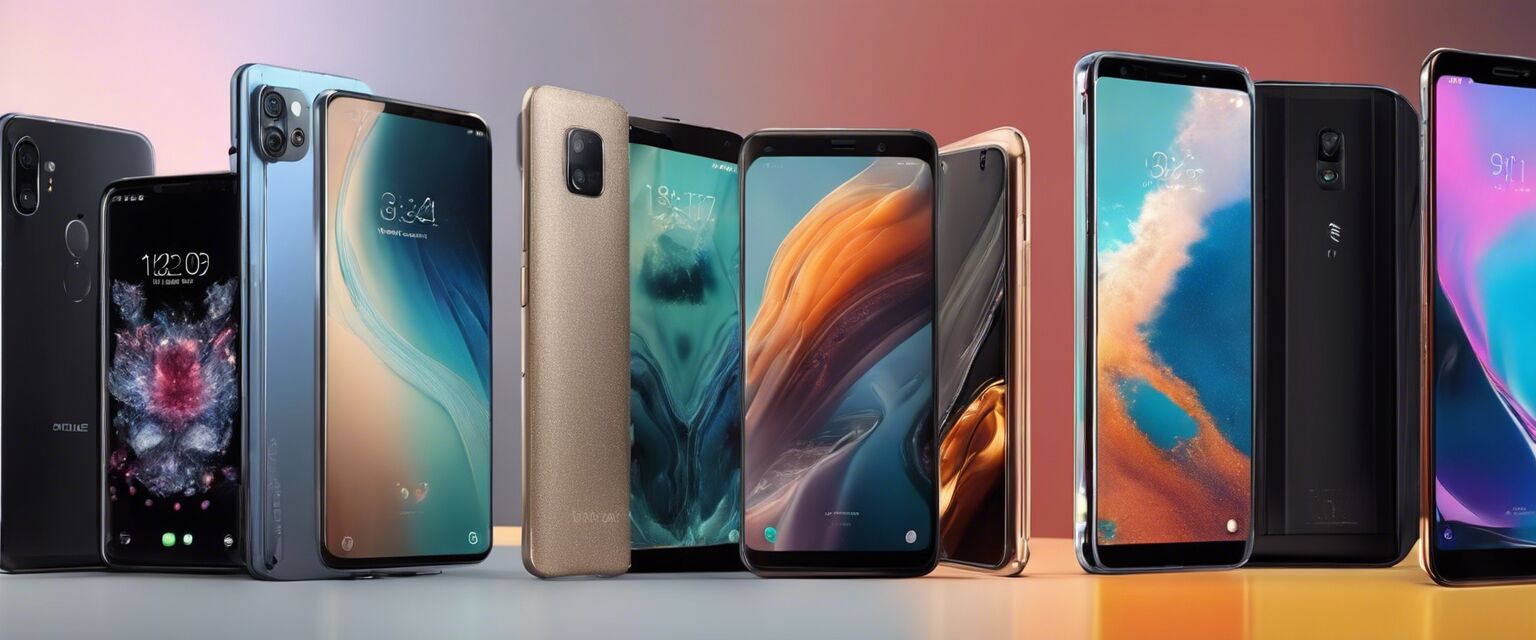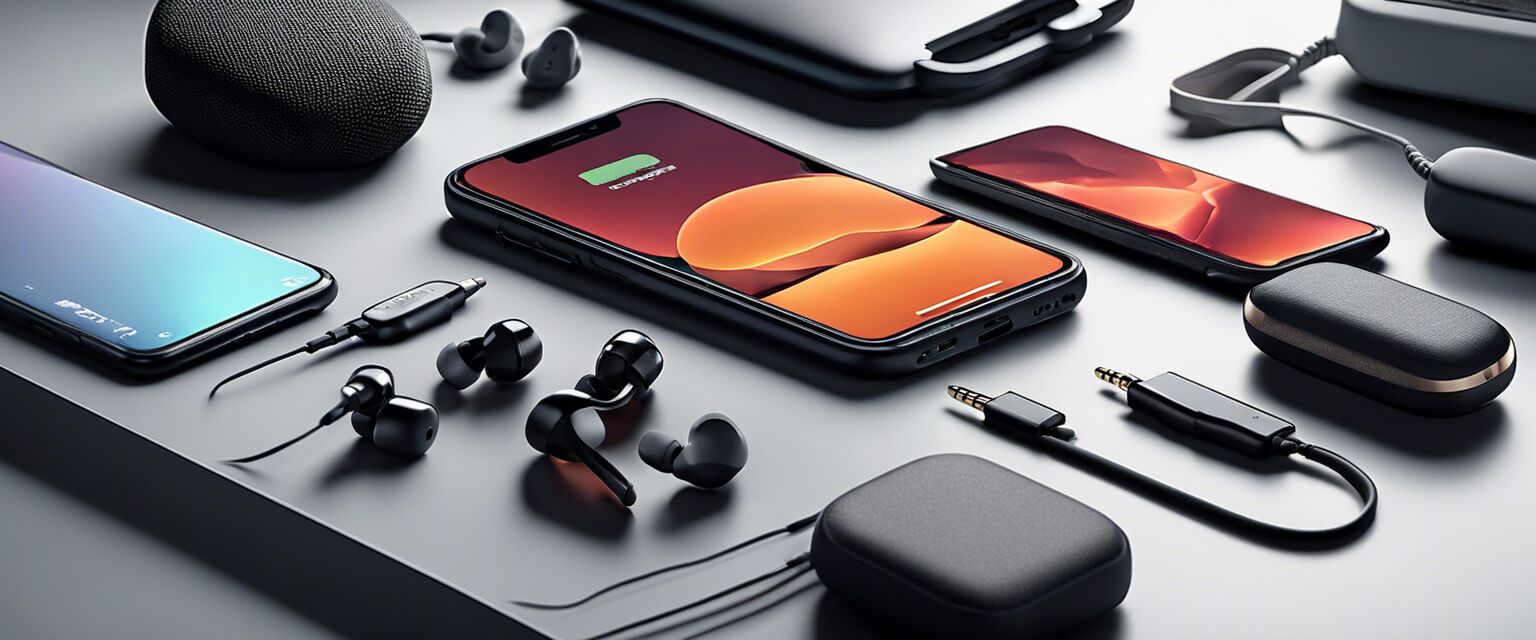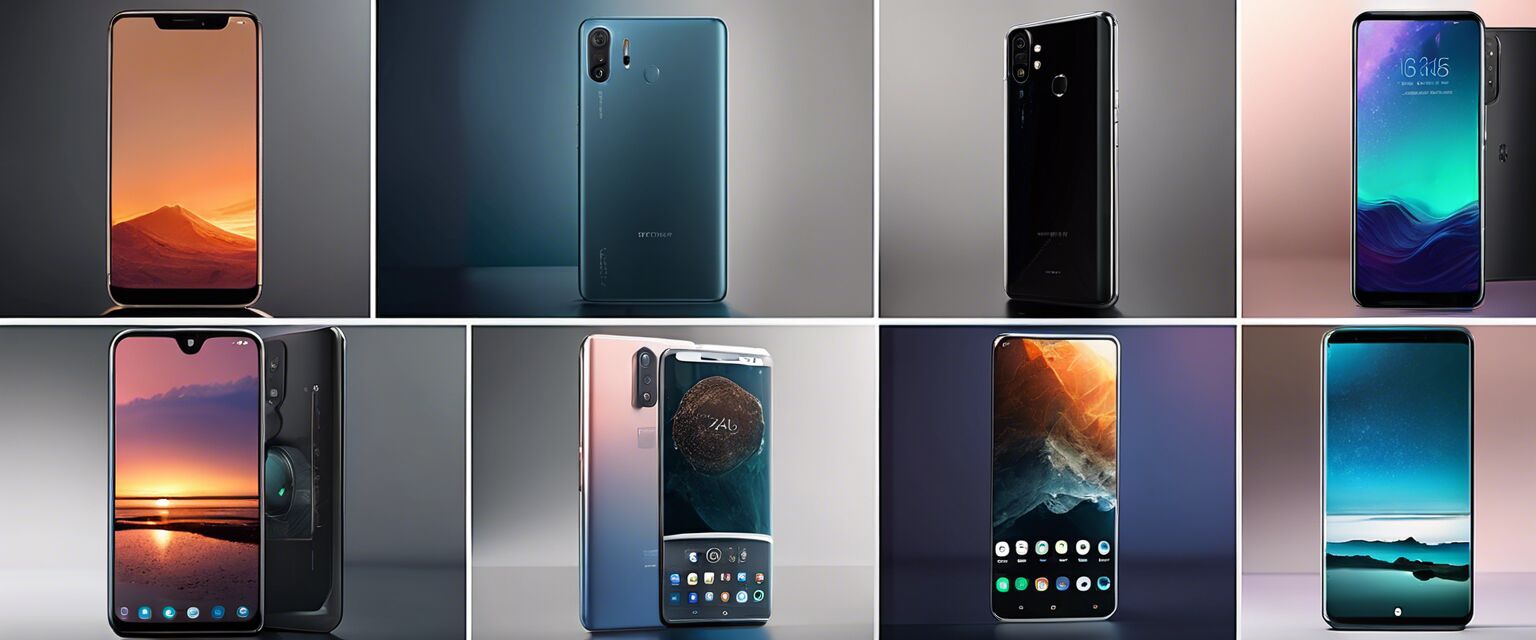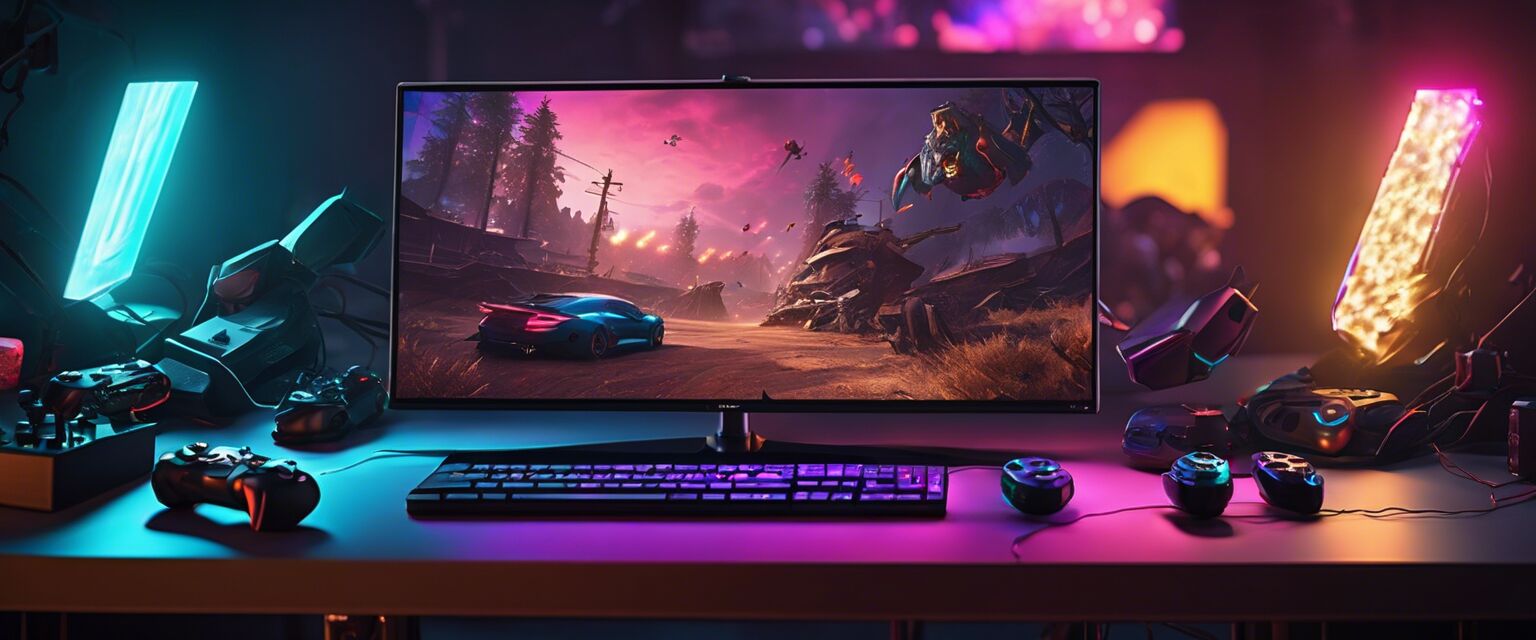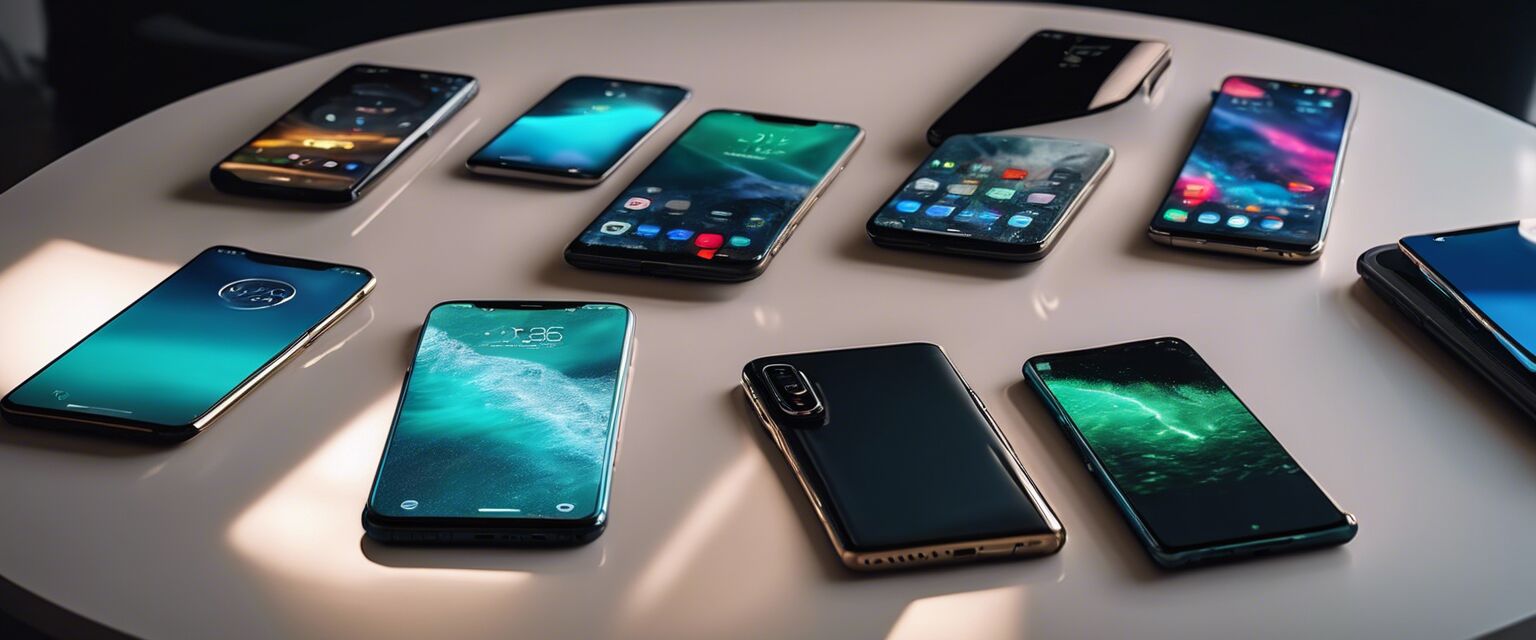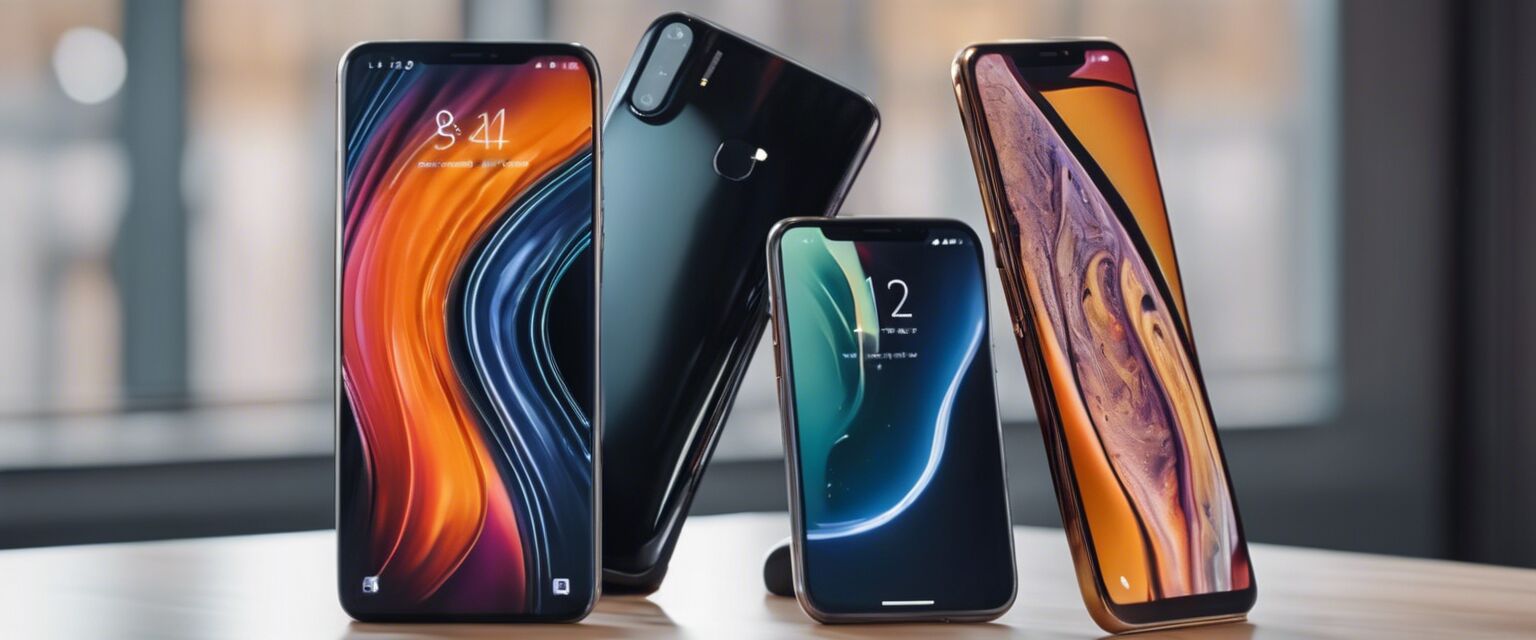
Mobile Photography
Key Takeaways
- Mobile photography allows anyone to capture high-quality images.
- Understanding lighting, composition, and editing is crucial.
- Accessories can enhance your mobile photography experience.
- Practice and experimentation lead to improvement.
- Numerous apps are available for editing and enhancing photos.
In today's digital age, mobile photography has become a powerful tool for capturing special moments and expressing creativity. With the right tips, tricks, and accessories, you can take professional-quality photos using just your smartphone. In this article, weâll explore essential techniques, recommended accessories, and useful apps to help you elevate your mobile photography skills.
Understanding mobile photography
Mobile photography is the art of taking photographs using a smartphone or tablet. With advancements in technology, modern smartphones are now equipped with powerful cameras that can rival traditional cameras. Understanding the basics of photography can significantly enhance your mobile photography experience.
Key concepts in mobile photography
- Lighting: The quality and direction of light can make a huge difference in your photos.
- Composition: The arrangement of visual elements within your frame is crucial for appealing images.
- Focus: Properly focusing on your subject ensures clarity and detail.
- Editing: Post-processing can enhance your images and bring out hidden details.
Essential tips for mobile photography
1. Learn to control lighting
Natural light is the best source for photography. Here are some tips:
- Use golden hour (early morning or late afternoon) for warm, soft lighting.
- Avoid harsh midday sunlight that can create unflattering shadows.
- Experiment with different angles to see how light interacts with your subject.
2. Master composition techniques
Composition can make or break a photograph. Consider these techniques:
- Rule of thirds: Divide your frame into thirds and place your subject along these lines.
- Leading lines: Use natural lines in your environment to guide the viewer's eye.
- Framing: Use elements in your surroundings to create a frame around your subject.
3. Experiment with different perspectives
Don't be afraid to change your perspective. Try:
- Shooting from high above or down low.
- Capturing reflections in water or glass.
- Using depth by including foreground elements.
Recommended accessories for mobile photography
Enhancing your mobile photography can be achieved with the right accessories. Here are some must-have items:
| Accessory | Description |
|---|---|
| Tripod | A tripod helps stabilize your phone for sharper images, especially in low light. |
| External lenses | These lenses can expand your creative options, such as wide-angle or macro photography. |
| Lighting equipment | Portable LED lights can help illuminate your subject in dim settings. |
| Phone case with grip | A case with a better grip can help prevent accidental drops while adjusting your shots. |
| Remote shutter release | This allows you to take photos without touching the camera, reducing the risk of blurriness. |
Editing your mobile photos
Post-processing is an essential part of mobile photography. Here are some popular mobile apps that can help:
- Adobe Lightroom Mobile - A powerful editing tool with advanced features.
- Snapseed - User-friendly and packed with filters and editing tools.
- VSCO - Offers various presets and editing features for unique styles.
- Afterlight - Great for quick edits and applying textures.
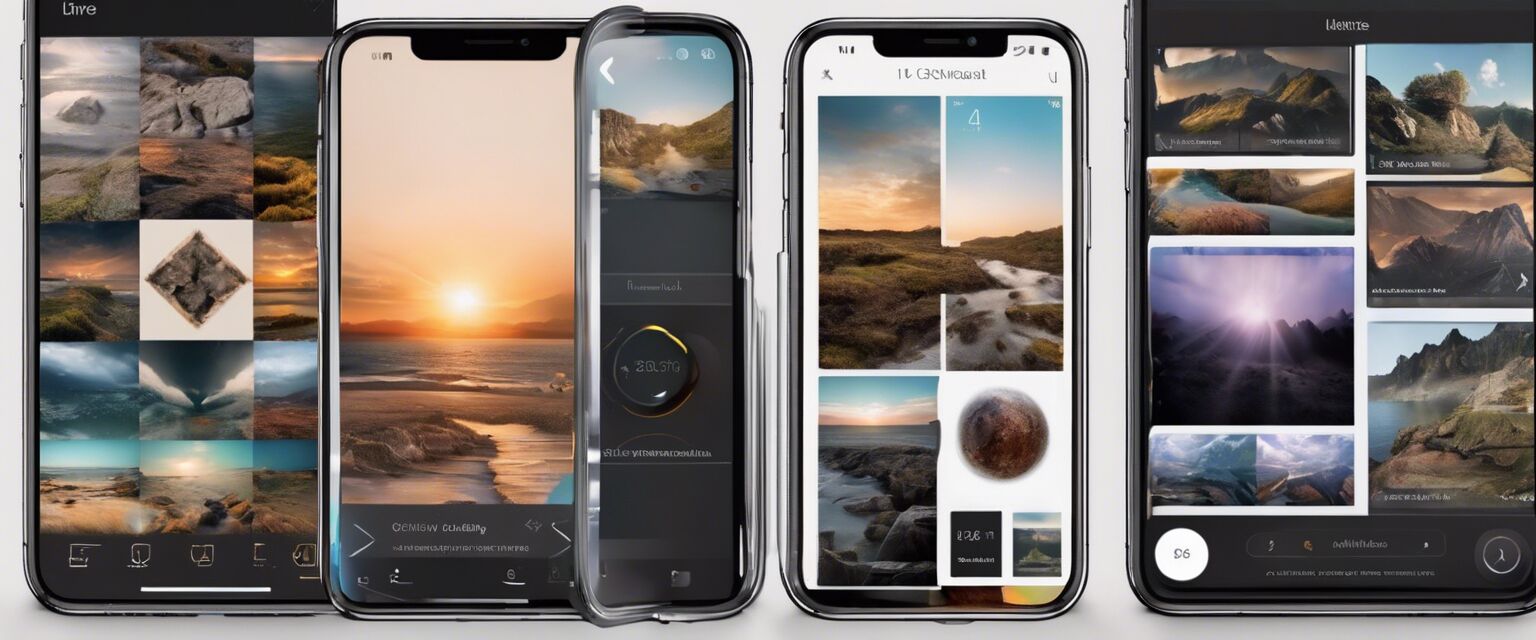
Practicing mobile photography
The best way to improve is through practice. Here are some suggestions:
- Set a daily challenge to take photos of different subjects.
- Join online photography communities for feedback and inspiration.
- Participate in photography contests to motivate yourself.
Conclusion
Mobile photography is an exciting and accessible way to express your creativity and capture memories. By understanding lighting, mastering composition, and utilizing the right accessories, you can take stunning photos using just your smartphone. Don't forget to practice and explore different editing techniques to enhance your images further.
Tips for beginners
- Start with simple subjects before moving to complex scenes.
- Keep your lens clean for clearer images.
- Take multiple shots to increase your chances of getting the perfect one.
- Review your photos critically to understand what works and what doesn't.
Pros
- Convenient and portable
- Advanced camera features in modern smartphones
- Wide range of editing apps available
- Ability to instantly share images online
Cons
- Limited control compared to professional cameras
- Battery life can affect shooting time
- Quality may vary based on lighting and settings
- Potential for over-editing
